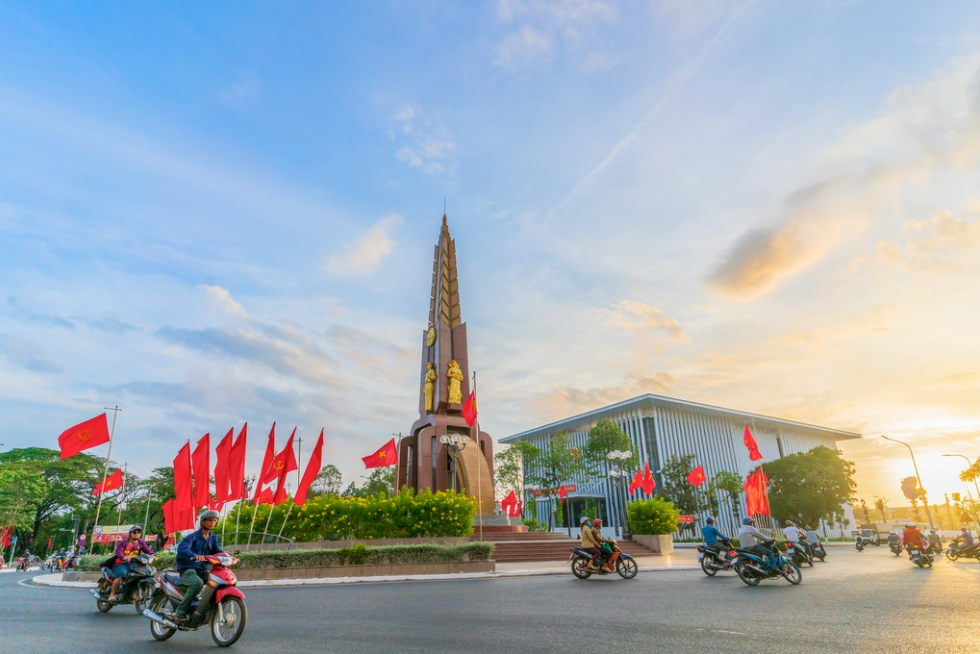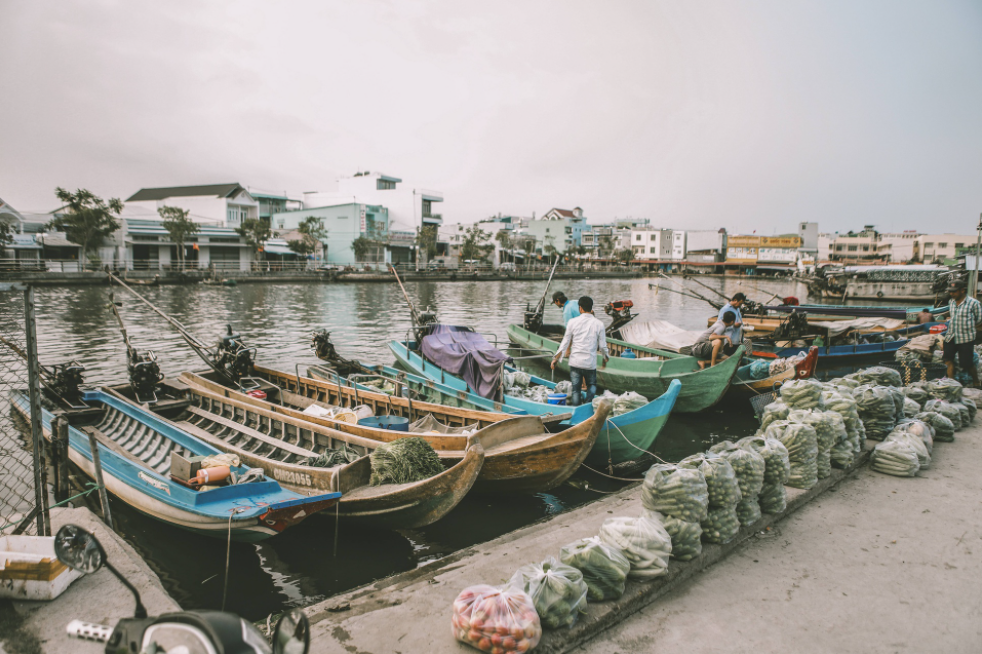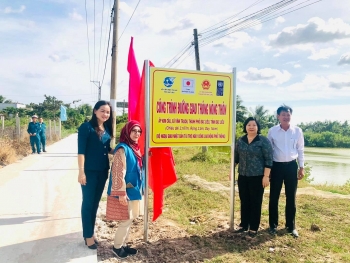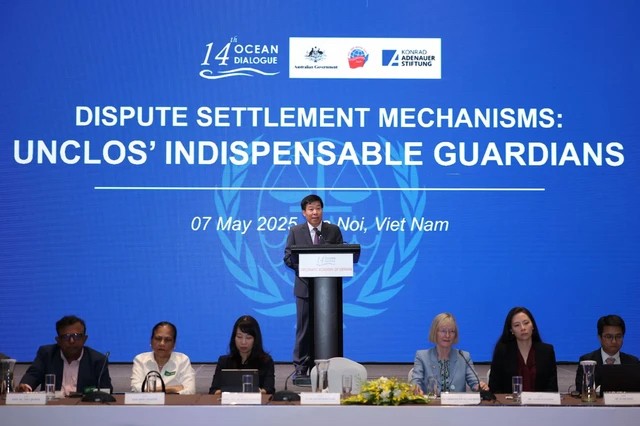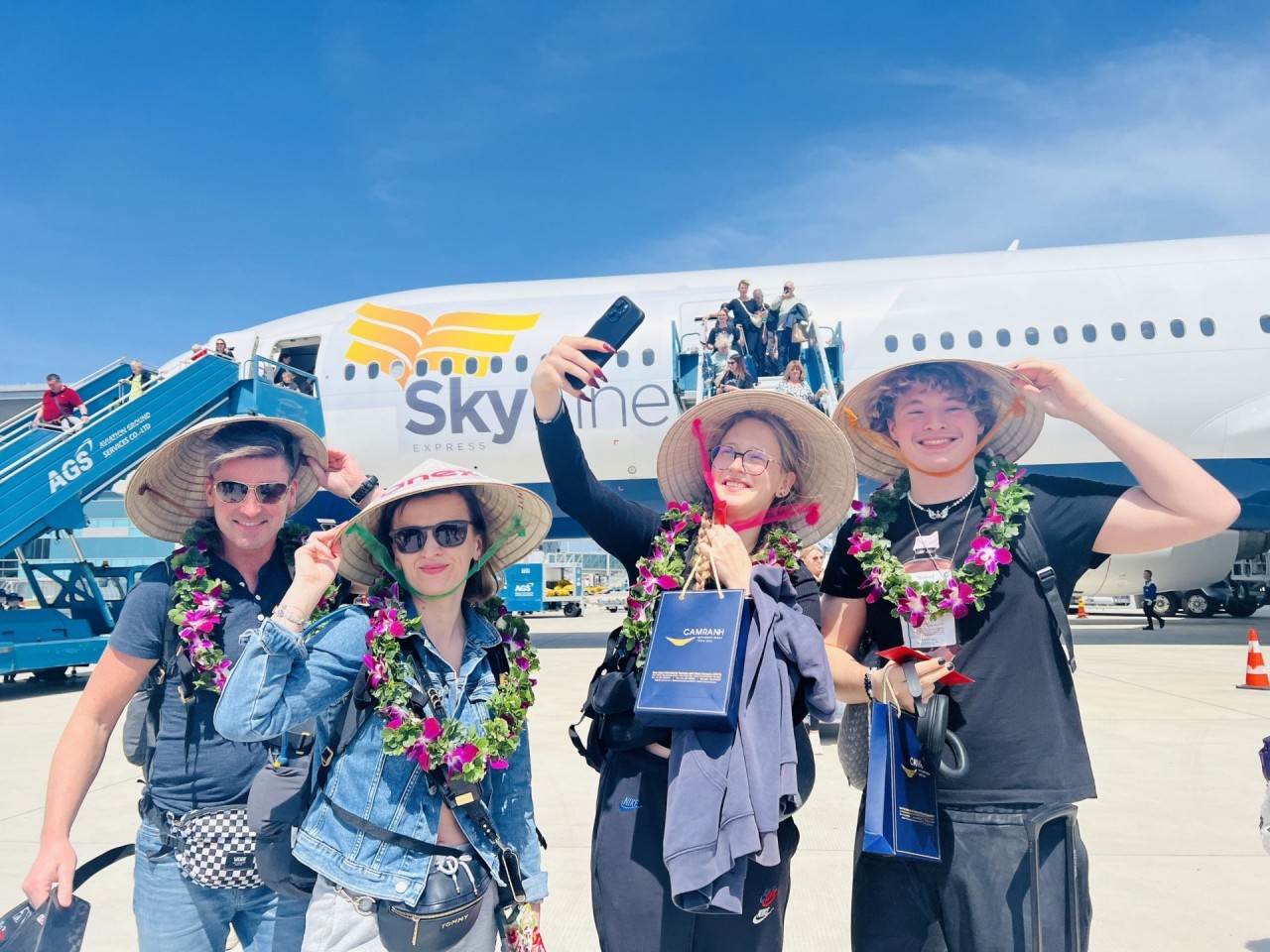Ca Mau develops unique products to promote tourism
| Discover Ca Mau through unique lens | |
| Ca Mau's rustic beauty through young photographer's lenses | |
| UNDP supports much-needed infrastructure improvements in Bac Lieu, Ca Mau |
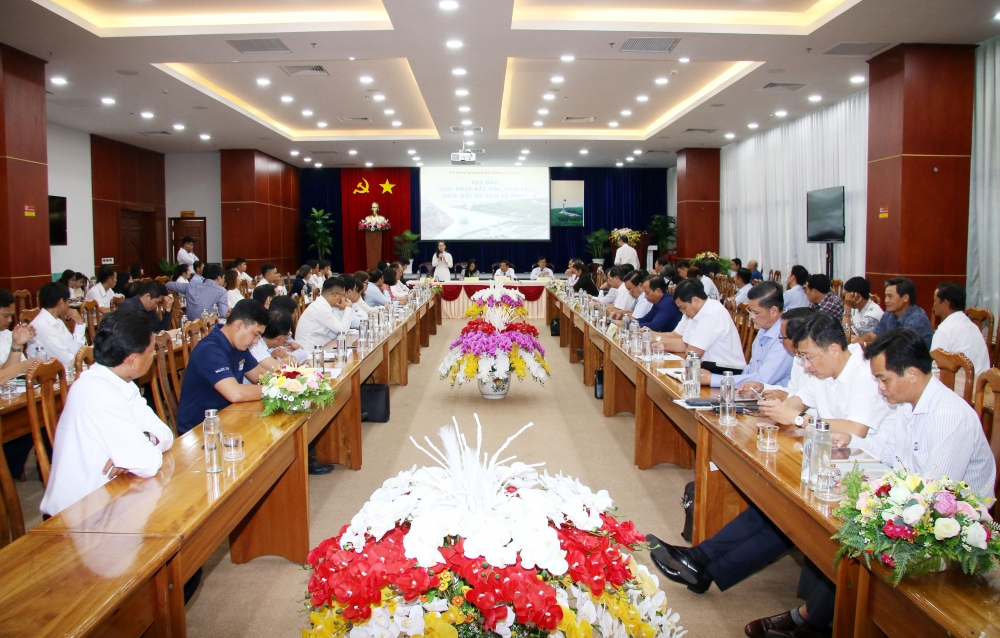 |
| The People’s Committee of the southernmost province of Ca Mau on March 26 organised a conference on tourism promotion. |
Land of potential
In his remarks, Tieu Minh Tien, Deputy Director of the provincial Department of Culture, Sports and Tourism, said the department has focused on building tourism products that match potential and natural conditions of the locality.
Accordingly, Ca Mau has three major tourism routes: Ca Mau – Ca Mau Cape Tourism Area; Ca Mau – U Minh Ha National Park – Hon Da Bac (Silver Rock); and Ca Mau – Trem River eco-tourism site. The Ca Mau – Ca Mau Cape Tourism Area has been identified as the key route, towards the formation of the Ca Mau Cape national tourist area.
The province has launched tours exploring the Ca Mau Cape National Park, which have been seen as unique tourism products helping the locality promote its tourism regionally and nationally.
Apart from the building and development of tourism products, Ca Mau has stepped up the communication work to raise public awareness of environmental protection, and organised training courses to raise personnel quality in the industry.
Pham The Trieu, Vice Chairman of the Mekong Delta Tourism Association, said Ca Mau has made progress in tourism development over the past years, becoming one of the localities posting the strongest growth in this regard.
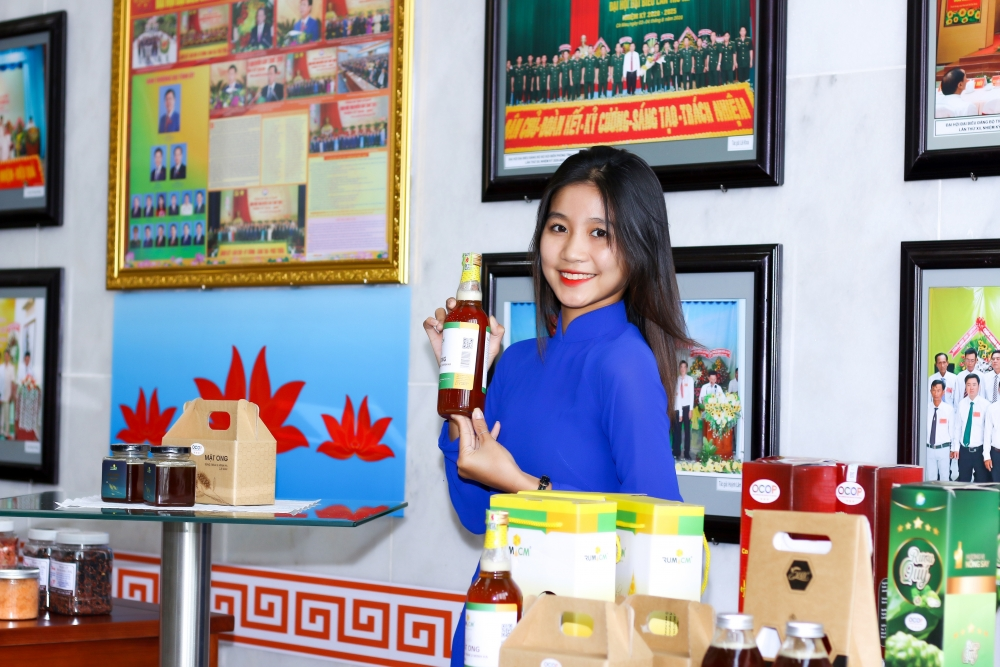 |
| Ca Mau develops unique products to promote tourism. |
He attributed the achievements to efforts by local leaders in making orientations for the tourism sector.
According to Trieu, the number of visitors to Ca Mau has increased 50 percent over the past seven years.
Director of Viet Circle Trave Service Company Phan Dinh Hue, however, pointed out a lack of tourism products in Ca Mau, along with difficulties in accessing holiday-makers.
Ta Thi Tu Uyen, from Vietravel, proposed State agencies complete planning for tourism sites, offer incentives to local residents in providing goods and tourism services, and encourage travel companies to consume local products.
Local residents would be a tourism product, she said, further explaining that it is their hospitality that forms the product. Community-based tourism would help visitors explore the local life.
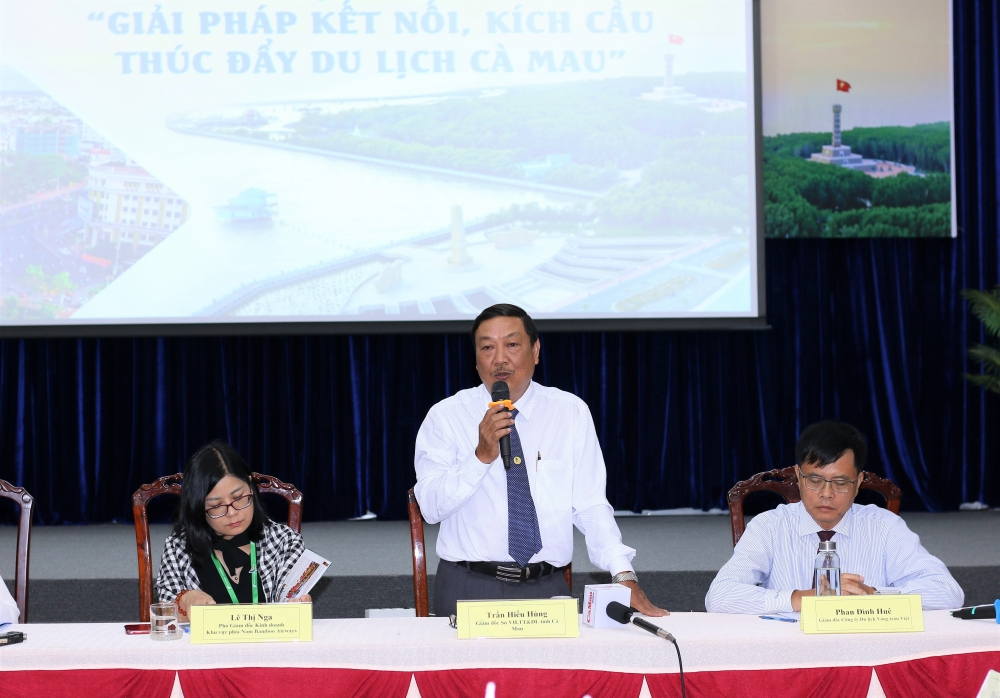 |
| Tran Hieu Hung, Director of the provincial Department of Culture, Sports and Tourism, speaks at the conference. |
According to Tran Hieu Hung, Director of the provincial Department of Culture, Sports and Tourism, Ca Mau has substantial potential for tourism and the locality is calling for professional investors in resort projects.
Incentives in tourism development
Ngo Hoai Trung, deputy head of the Vietnam National Administration of Tourism, said Ca Mau counts only 10 travel companies and 42 lodging facilities, which have failed to meeting the demand of tourism development.
He, therefore, suggested the province developed its own tourism products, and drawn up orientations for the sector, saying Ca Mau should prioritise rural and community-based tourism and launch new tourism products, helping to improve the livelihood of local residents.
More attention should be paid to tourism promotion activities and tourism products based on craft villages, he continued.
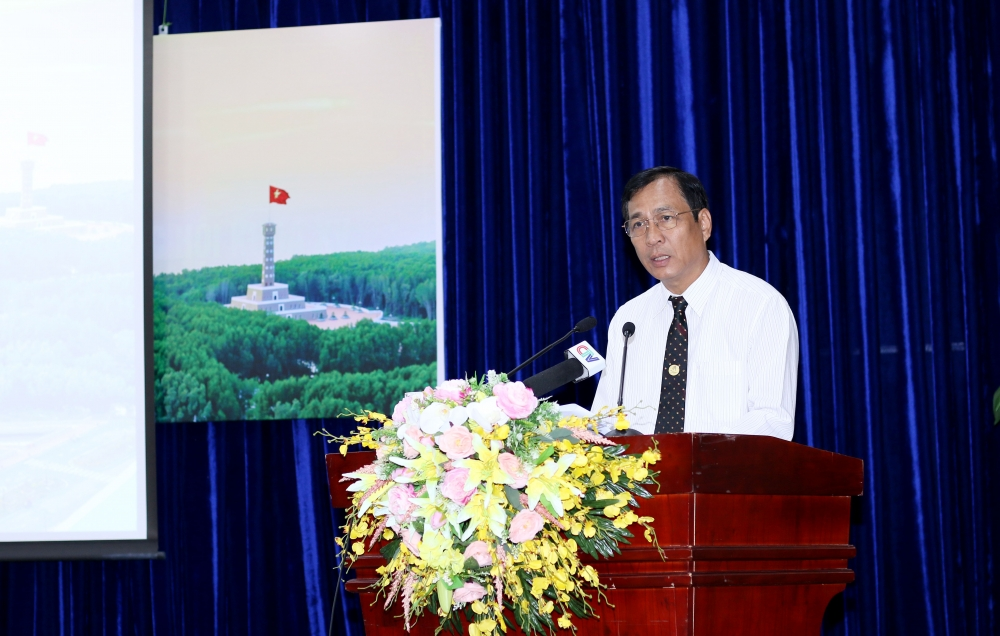 |
| Vice Chairman of the provincial People’s Committee Tran Hong Quan, speaks at the conference. |
Speaking at the conference, Vice Chairman of the provincial People’s Committee Tran Hong Quan said over the past years, tourism has played a significant role in local socio-economic development.
The sector has created jobs and helped to raise income of labourers, while contributing to budget collection and boosting other sectors, he said.
To make the best use of its potential and advantages, Ca Mau will roll out preservation and development schemes of the Ca Mau Cape mangrove forest, the U Minh Ha National Park, Hon Khoai island cluster, Hon Da Bac and Khai Long Beach, Quan stressed.
Priorities will be given to transport infrastructure so as to intensify the access to tourism resources, focusing on preserving natural resources and unique ecological cultural value of the locality.
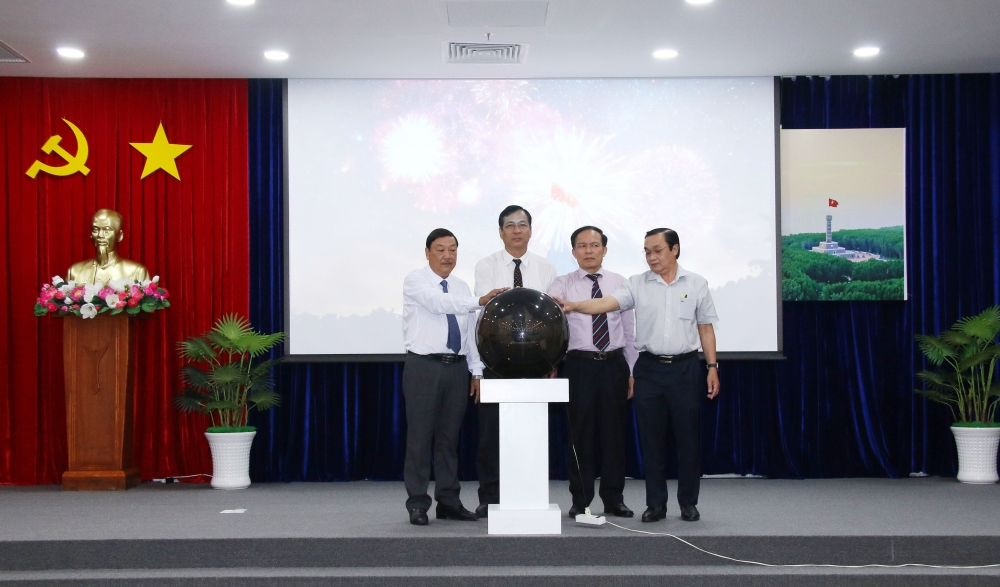 |
| On this occasion, the People’s Committee launched a provincial portal for tourism. |
Quan affirmed that the province will put forth specific plans calling for strategic investors in tourism and entertainment projects that are expected to drive local tourism.
Ca Mau will also offer incentives in procedures and land lease to projects with unique or environmentally friendly tourism products, especially those at the Ca Mau Cape and U Minh Ha National Parks.
Such projects that promote traditional culture are also encouraged, the official added.
On this occasion, the People’s Committee launched a provincial portal for tourism./.
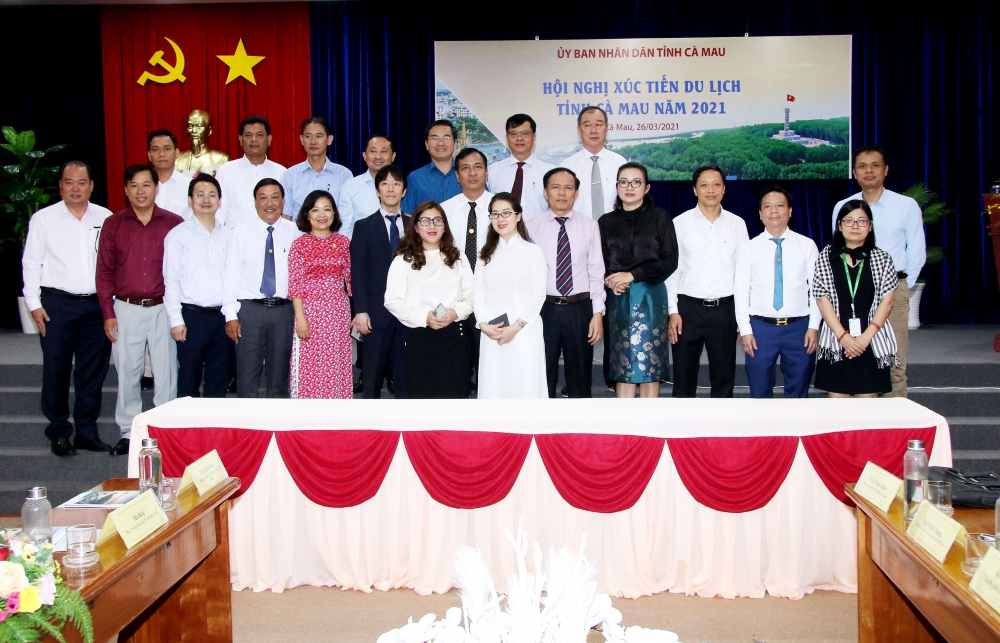 |
| Delegates pose for a group photo. |
| The southernmost province of Ca Mau is home to a Ramsar site of the world (wetland of world importance), along with the Ca Mau Cape National Park covering about 42,000 ha and the U Minh Ha National Park with an area of 8,286 ha, which has favoured eco-tourism. It also boasts diverse fauna and flora, with more than 200 aquatic species. Besides, Ca Mau counts many revolutionary historical and cultural relic sites, and traditional festivals. Its provincial and national cultural and historical relic sites reflect the formation and development of local land and people. Notably, the temple worshipping Lac Long Quan and the Mother Statute have become meaningful symbols of Ca Mau, demonstrating the tradition of remembering ancestors. Also at the Ca Mau Cape, the symbolic Hanoi flagpole has affirmed the country’s sovereignty as well as the desire for peace, prosperity and territorial integrity. It is the sentiments of Hanoi’s Party organisation, authorities and people towards Ca Mau, and the pride of national reunification. Ca Mau now has 18 community-based tourism sites that have lured many holidaymakers, particularly those who want to explore local culture and life. The province is home to 12 national relic sites and 32 provincial sites, along with more than 40 intangible cultural heritages, including festivals and handicrafts. Three of them – Don ca tai tu (southern amateur singing), Gac keo ong (literally meaning 'the cultivation of honey bee in the wild') and fermented “ba khia” (three-striped crab) – have been included in the national list. |
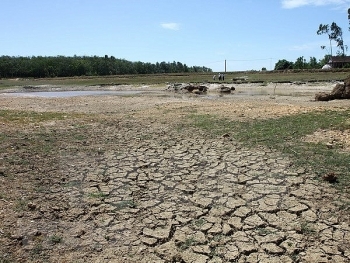 | Strengthening climate change mitigation capacity in Ca Mau A launching workshop of "Strengthening capacity on climate change mitigation and disaster risk reduction and resilience in Ca Mau province" project was held recently. |
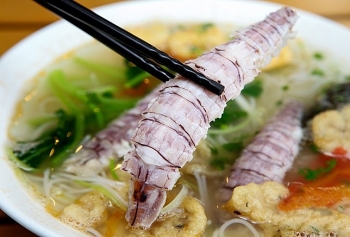 | Seafood specialties in Ca Mau – Mantis shrimp Over the years, dried crusted shrimp has become famous specialty near and far. If many tourists to Ca Mau without enjoying over fresh or dried ... |
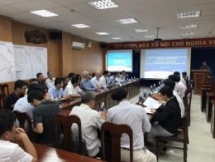 | Ca Mau, Rach Gia, Long Xuyen supported to develop urban drainage and flood management plan As part of the operational plan of the Mekong Urban Flood Resilience and Drainage Programme, the Ministry of Construction (MoC) and German Corporation for International ... |
Recommended
 Focus
Focus
Vietnam Leaves Imprints on the World Peacekeeping Map
 Viet's Home
Viet's Home
“Global Vietnamese Singing 2025” - Connecting Hearts Longing for Homeland
 Viet's Home
Viet's Home
Vietnam’s People's Public Security Force Actively Contributes to UN Peacekeeping Operations
 Viet's Home
Viet's Home
HAUFO Enhances Competence of People-to-People Diplomacy Personnel
 Viet's Home
Viet's Home
Hands that Reserve Da Long Brocade Craft
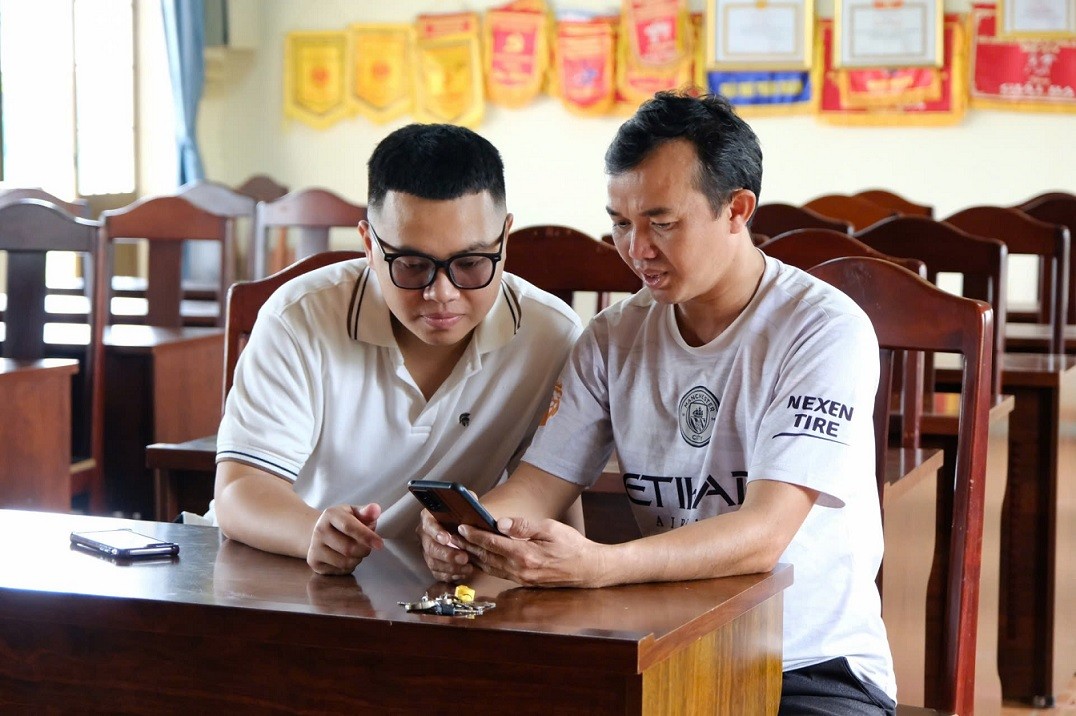 Viet's Home
Viet's Home
Da Rsal – How Digital Transformation Reshape a Poor Commune
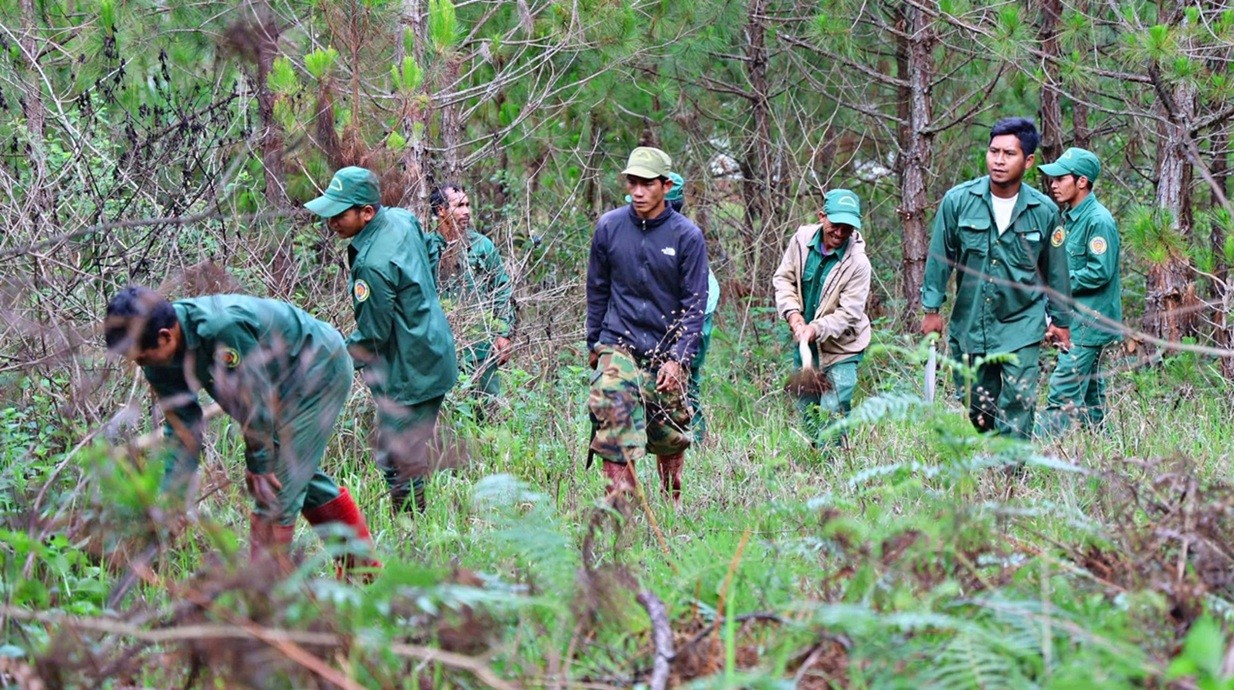 Viet's Home
Viet's Home
Vietnam Classified as “Low Risk” Under the EU Anti-Deforestation Regulation
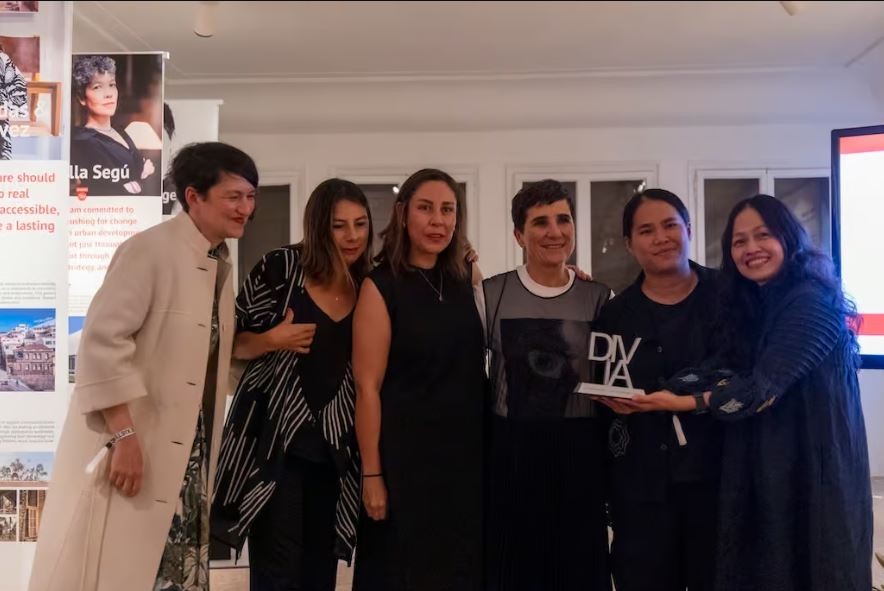 Viet's Home
Viet's Home

